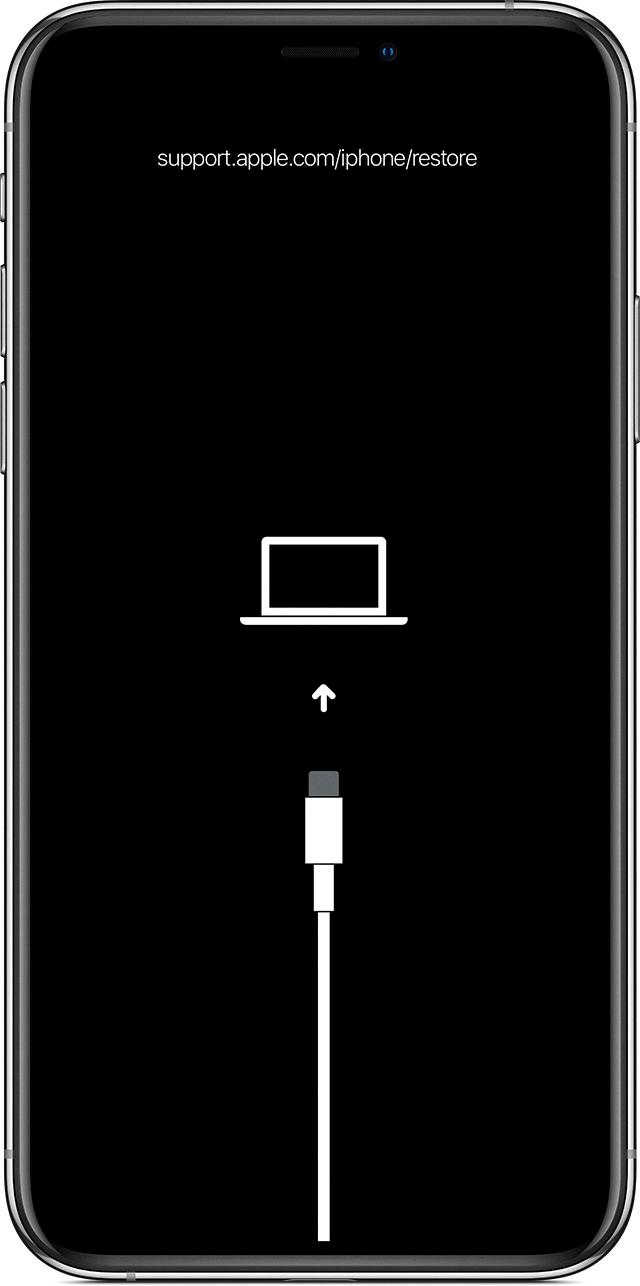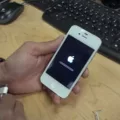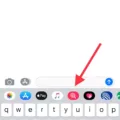Restoring your iPhone to factory settings can be a useful solution in various situations. Whether you want to sell your iPhone, fix a software issue, or simply start fresh, resetting your device can help. In this article, we will guide you through the process of restoring your iPhone, both using a computer and through the device’s settings.
Method 1: Restoring the iPhone using a computer
One of the most common ways to restore your iPhone is by using a computer with iTunes. Follow these steps to reset your device:
Step 1: Connect your iPhone to your computer using a USB cable.
Step 2: Launch the iTunes app on your computer. If you have macOS 10.15 or later, use the Finder instead.
Step 3: In iTunes or Finder, locate your iPhone. This is usually displayed as a device icon at the top left corner of the iTunes window or in the sidebar of the Finder.
Step 4: Click on your iPhone to select it and then click on the “Trust” button if prompted.
Step 5: Now, click on the “Restore Backup” option. This will prompt you to select a backup to restore from.
Step 6: Choose the backup you want to restore from and click “Restore.” Keep in mind that this will erase all data on your iPhone and replace it with the selected backup.
Step 7: Wait for the restore process to complete. Your iPhone will restart and the restored data will be available on your device.
Method 2: Restoring iPhone using Settings
If you don’t have access to a computer or prefer a simpler method, you can also restore your iPhone directly through its settings. Here’s how:
Step 1: Open the “Settings” app on your iPhone.
Step 2: Tap on your name at the top of the screen, then select “iCloud” or “Apple ID.”
Step 3: Scroll down and tap on “iCloud Backup” or “Backup.”
Step 4: Tap on “Back Up Now” to create a backup of your iPhone’s data. This step is optional, but highly recommended to ensure you don’t lose any important information.
Step 5: Once the backup is complete, go back to the main “Settings” screen.
Step 6: Tap on “General,” then scroll down and tap on “Reset.”
Step 7: Select “Erase All Content and Settings.” You may need to enter your passcode or Apple ID password to confirm the reset.
Step 8: A warning message will appear, informing you that all data will be erased. Tap on “Erase iPhone” to proceed.
Step 9: Wait for the reset process to complete. Your iPhone will restart and you’ll be guided through the initial setup process.
Important considerations:
1. Make sure to back up your iPhone before restoring it, as this will ensure you can recover your data later if needed.
2. Restoring your iPhone will delete all data, including apps, photos, contacts, and settings. It’s crucial to have a backup to restore from or transfer your data to another device before proceeding.
3. Ensure that your iPhone has enough battery life or is connected to a power source during the restoration process to avoid any interruptions.
4. Depending on the size of your backup and the speed of your internet connection, the restoration process may take some time. Be patient and avoid interrupting the process.
By following these steps, you can easily restore your iPhone to factory settings using either a computer with iTunes or directly through the device’s settings. Remember to back up your data and consider the implications of resetting your device before proceeding.
Will Restoring Your iPhone Delete Everything?
Restoring your iPhone to factory defaults will delete everything on your device. This means that all of your data, including photos, videos, contacts, messages, apps, and settings, will be erased from your iPhone. It is important to note that this action is irreversible, so it is recommended to back up your iPhone before proceeding with the restore process.
There are two main methods to restore your iPhone: using iTunes on your computer or through the Settings app on your iPhone.
To restore your iPhone using iTunes, follow these steps:
1. Connect your iPhone to your computer using a USB cable.
2. Open iTunes on your computer.
3. Select your iPhone when it appears in iTunes.
4. In the Summary tab, click on the “Restore iPhone” button.
5. A confirmation message will appear, click “Restore” to proceed.
6. iTunes will then download the latest iOS software and restore your iPhone to its factory settings.
7. Once the restore process is complete, you can set up your iPhone as new or restore from a previous backup.
To restore your iPhone using the Settings app, follow these steps:
1. Open the Settings app on your iPhone.
2. Tap on your name at the top of the screen.
3. Select “iCloud” and then “iCloud Backup.”
4. Make sure that iCloud Backup is turned on and tap on “Back Up Now” to create a backup of your iPhone.
5. Once the backup is complete, go back to the main Settings screen and tap on “General.”
6. Scroll down and select “Reset.”
7. Tap on “Erase All Content and Settings.”
8. A warning message will appear, tap “Erase iPhone” to confirm.
9. Your iPhone will then erase all data and settings and restore to its factory defaults.
10. After the restore process is complete, you can set up your iPhone as new or restore from a previous backup.
In both methods, it is crucial to have a backup of your iPhone before restoring to avoid permanent data loss.

How Do You Restore Your iPhone And Keep Everything?
To restore your iPhone and keep all your data, you can follow these steps based on your device and operating system:
On a Mac running macOS 10.15 or later:
1. Connect your iPhone to your Mac using a USB cable.
2. In the Finder sidebar, you’ll see your iPhone listed. Click on it.
3. If prompted, enter your iPhone passcode and click “Trust” to establish a connection.
4. In the iPhone window, you’ll find the option to “Restore from this backup.” Click on it.
5. A list of available backups will appear. Select the most recent or relevant backup.
6. Click “Restore” and follow the on-screen instructions to complete the process.
On a Mac running macOS 10.14 or earlier, or a Windows PC:
1. Connect your iPhone to your computer using a USB cable.
2. Open the iTunes app on your computer.
3. In iTunes, you’ll find a button resembling an iPhone near the top left corner. Click on it.
4. In the Summary tab, you’ll see the option to “Restore Backup.” Click on it.
5. A list of available backups will appear. Choose the desired backup.
6. Click “Restore” and follow the on-screen instructions to finish the restoration.
It’s important to note that restoring your iPhone will erase all the existing data and settings on your device. Therefore, it’s recommended to create a recent backup before proceeding with the restoration process. This ensures that you can recover your data in case of any unexpected issues or data loss.
Remember to keep your iPhone connected to your computer throughout the restoration process. Once the restore is complete, your iPhone will restart and you can set it up using the restored data.
Please note that the steps provided may vary slightly depending on the version of macOS or iTunes you are using.
Conclusion
Restoring your iPhone to factory defaults is a powerful solution for various scenarios, including troubleshooting software issues, preparing for resale, or simply starting fresh. It is important to note that restoring your iPhone will erase all data and settings, so it is crucial to back up your device beforehand.
There are two main methods to restore your iPhone. The first method is through a computer using iTunes or Finder. This involves connecting your iPhone to your computer, selecting the device in iTunes or Finder, and clicking on the restore option. You can then choose to restore from a previous backup or set up your iPhone as new.
The second method is through the iPhone’s Settings app. This method does not require a computer and can be done directly on the device. Simply go to Settings, tap on General, select Reset, and choose the option to Erase All Content and Settings. This will initiate the restoration process, and you can then choose to restore from a backup or start afresh.
Regardless of the method you choose, it is essential to ensure that you have a recent backup of your iPhone’s data. This will allow you to easily restore your personal information, apps, and settings once the restoration process is complete.
Restoring your iPhone to factory defaults can be a useful tool in resolving various issues or starting fresh. Just remember to backup your data beforehand and choose the method that best suits your needs.













